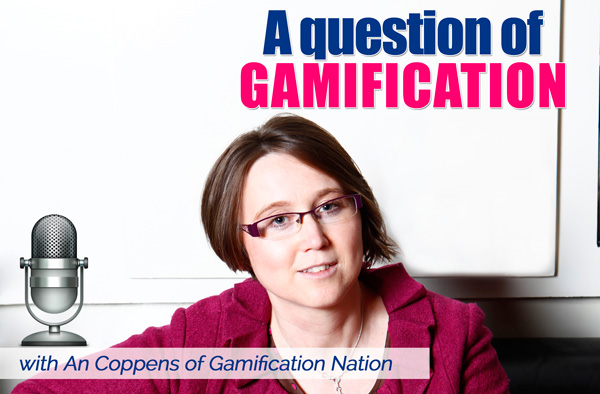Lately, we have been receiving a lot of requests for urgent campaigns. Already inherent in the word campaign is typically short-term thinking or quick fixes. In a marketing environment or specific communication launch, this may be well placed and appropriate and also typically part of a larger longer-term plan. When something is short in nature, the assumed other element of small budget usually travels with it. Gamification doesn’t have to be expensive, but you have to give a realistic budget in order to have good results. With this in mind, I wanted to give some ideas as to how you can save time and with that money for your gamification project.

1. Know the basics
For each of our projects, we want to know why do you want to embark on this project. What are the business objectives you are trying to achieve and how are they reflected currently in key performance indicators and measurables. We then also want to know what you would like to change in terms of behaviours and how this can be measured. For example, if you want to increase employee engagement, this could be measured through attrition rate, survey results, referrals to new openings, spontaneous sharing about the company in a positive way on social, etc. It doesn’t have to be all of these, it can be a lot more targeted.
2. Have a persona developed for your target audience
In marketing, a persona is something you would create to understand the typical buyer of your products and services. It includes demographics, social and educational backgrounds, social media preferences and behaviours, product-related preferences and behaviours, etc. At the end of a persona research exercise, you should have a good view of the person you are looking to engage with. We usually create these for our gamification project based on surveys, interviews and focus groups. We can find useful data in recruitment profiles, internal employee surveys in addition to the aforementioned. Having this work done will save time because this area tends to be quite time intensive. If a company (by the way this has yet to happen), comes to us with a persona ready, we can fast-track some of our design work and just add some spot testing to verify this persona in light of gamification preferences.
3. List the technological requirements
Most frequently, we see organisations embarking on gamification projects and wanting to include technology in the mix, without thinking through which systems have to talk to one another. Others have specific requirements for any technological solution but forget about integrations. Integrations between systems are possible, they tend to take time to develop and test, it may also rule out some suggested solutions. Knowing your requirements upfront will give you a more accurate perspective upfront in terms of budget and time and save you from sudden surprises. If you want to keep budget and time to a minimum, the best is to go with an out-of-the-box solution and not to look for technological changes or integrations.
4. Graphical and custom designs
As we work primarily with bespoke work, there will always be an element of customisation built into our gamification project pricing. Some clients have existing graphic designers that can provide the branded artwork, which saves us time to learn what is acceptable within the brand guidelines if they exist. Where it becomes costly is when the client doesn’t have a clear vision of the end-project, has no brand guidelines and even our best first guess has to go through tons of iterations. Just think about graphical elements before you start and have a budget allocation for it. They are a powerful asset in gamification, but they have to be designed. Each and every item needs to be drawn, often animated, etc. Time can be eaten up by going through iterations on just one item. To save time, create a mood board for the project, have clear brand guidelines which include colour codes, fonts, imagery style, etc. and pick or create your own images before starting.
5. Narratives and storyline ideas
If you have a specific tone that is acceptable and expected in your organisation or your marketing, then knowing the guidelines around this helps to save time. The narrative for a sports and fitness brand is typically much more personal and funky than that of a bank for example. Whilst we can usually look at the style on the public-facing material, when we look for stories from inside an organisation to motivate employees, we often find the tone a little less formal than what we see on the corporate website. Give your gamification design agency a sample of what good looks like and how far they can be creative with this. If you have stories and legends already within the organisation, which can often be a great theme or thread for a gamification project. Having those on hand again can save time.
We understand that not all of the above will be feasible to have prepared for each and every client, all I aimed to do was to give you an insight into how you could save time and money on your project. The more the design agency has to do the legwork, the more it will require time and budget because people are needed to gather or create the items we need to work with. One major time constraint, I haven’t mentioned yet is your ability to make decisions, review and approve items. We had a few corporate clients, who wanted to run with a quick deployment, but then when I questioned them on how quick decisions and approvals can be achieved, they had to admit that our conservative view of the time required may still be stretching them. Setting up a small team with decision-making authority helps tremendously providing they know and have access to all of the above also.
I hope this helps and if you now want to move your project forward into the fast lane with us, let us know we are happy to talk business gamification.






